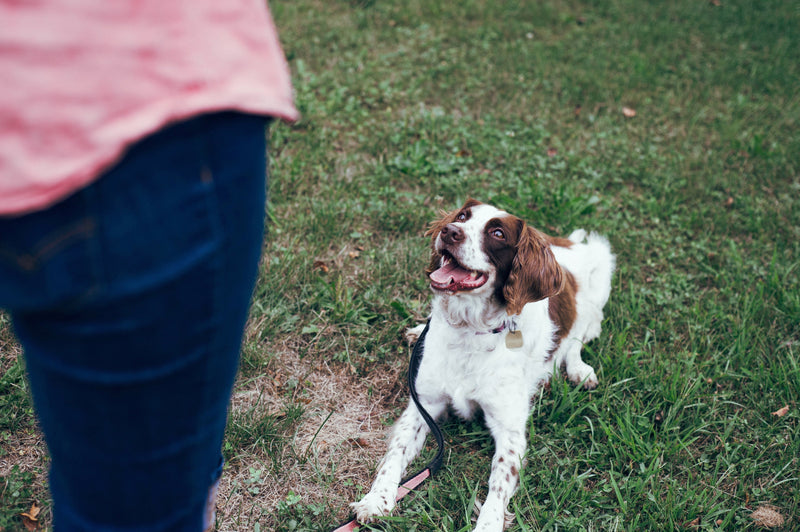
Dog Reactivity Towards Children: Understanding and Addressing
Share
Many health-conscious pet owners find themselves facing challenges when it comes to **dog reactivity towards children**. A dog that is reactive towards children can pose safety concerns, create stress within a household, and impact relationships. Understanding the nuances of this behavior and effective strategies for managing it can make a significant difference.
For health-conscious pet owners, ensuring that their dogs are well-behaved around children is important not only for the safety of the children but also for the peace of the entire household. This article delves into the key elements of addressing dog reactivity towards children and offers actionable tips to support a harmonious coexistence.

Signs of Reactivity in Dogs
Recognizing the signs of reactivity is the first step in addressing this problem. Dogs may exhibit different levels of reactivity, which can range from mild to severe. Common signs include barking, lunging, growling, and visual fixation on the child. It is critical to identify these behaviors early and address them.
The Reasons Behind Reactivity
The roots of dog reactivity towards children can be diverse. Dogs may react due to fear, anxiety, lack of socialization with children, or previous negative experiences. Health-conscious pet owners should pay close attention to their dog's history, as it might offer clues about the behavior.
Understanding that reactivity is often a manifestation of distress is crucial. This knowledge allows pet owners to approach the situation with empathy and patience.
Effective Strategies for Addressing Dog Reactivity
Prior to undertaking any training attempts, it is beneficial to educate oneself on how to train a reactive dog effectively. Implementing these strategies with consistency is key:
Training Techniques
Training is a powerful tool in reducing dog reactivity towards children. Techniques such as positive reinforcement, desensitization, and counter-conditioning can be employed. These methodologies should be implemented gradually to ensure that the dog modifies its behavior in a sustainable manner.
For more detailed guidance, health-conscious pet owners can explore our comprehensive articles on how to train a reactive dog and dog reactivity towards other dogs.
Creating Safe Spaces
Designating areas where children and pets can have calm and controlled interactions is vital. These spaces act as neutral territories where both parties can learn to coexist peacefully. For example, using baby gates to separate spaces within the home can be effective in preventing unwanted interactions.
Health-Centered Approaches
Physical health plays a fundamental role in a dog's behavior. Ensuring your dog is getting adequate exercise, proper nutrition, and regular vet check-ups can positively impact behavior.
In addition to physical health, mental stimulation is crucial for dogs. Engaging activities and enrichment toys can help reduce unwanted behavior by keeping your dog occupied and less prone to reactive outbursts.
When to Seek Professional Help
If reactivity persists despite home training efforts, it may be time to seek help from a professional. Professional trainers specialize in handling complex behavioral issues and can provide tailored advice and intervention plans. The American Kennel Club offers insightful resources and expert advice for health-conscious pet owners looking for professional help.

Frequently Asked Questions
What is the difference between reactivity and aggression?
Reactivity involves a dog's response to specific stimuli like children, whereas aggression has more intent to harm. It's crucial to differentiate between them for proper intervention.
Can a reactive dog become calm around children?
Yes, with consistent training, patience, and sometimes professional help, a reactive dog can learn to be calm around children.
How can I promote positive interactions between my dog and children?
Structured training sessions where positive behaviors are rewarded are essential. Always supervise interactions and ensure that both your dog and children understand boundaries.
This article contains affiliate links. We may earn a commission at no extra cost to you.
